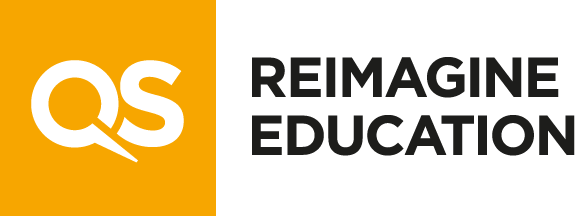SPEAK MENTORSHIP DEVELOPS A COMMUNITY OF DIVERSE LEADERS
HOW TO SURVIVE BUSY SCHEDULES IN COLLEGE?

Broadly, two mindsets have been competing for the direction of learning.
Classic mindsets: the quantitative, data-driven mindset and the qualitative, human-driven mindset.
And, clearly, one mindset has been winning.
Equally clear is the pedagogical cost of that mindset’s march toward elusive victory. Oh, and the psychological cost.
The pedagogical cost of the data-driven mindset directing the learning process is that administrators and teachers — those who want to keep their jobs — feel compelled to more-or-less teach to the test. This mind-numbing pedagogy confuses the means (learning) with the ends (assessment of learning). Further, this driven-by-test-data-rather-than-individualized-human-development pedagogy alienates an increasingly vast swath of potential learners, the marginally invested to at-risk students. These are the students who, stereotypically, could care less about what their scores mean to society. These are also the students who most need to be connected to their learning.

The psychological cost of trying to drive learning in this only-as-measured-by-test-scores way is staggering, too. Those schools with smaller test numbers often come to understand themselves as deficit — not as endowed as those with bigger numbers. In fact, reflected in funding, categorization, and media treatment, society treats lower scoring schools as less deserving of our attention. (For the moment, if you will, please ignore the compelling correlation between standardized test scores and socioeconomic status; with restraint, this piece is not about that.)
Deficit model psychology can imbue in the school community a profound lack of self-confidence and self-efficacy.
And, this “We are somehow deficit” psychology in schools becomes a license that is easily exploited. Granted by society, the license permits well-paid-by-tax-dollars external “assets” to transform the deficit school’s learning. For many reasons, our three-decade march in this direction informs us that this external-assets approach has not been and is not the transformative solution.
So, is there a better pedagogy to bridge the gap between the agendas of the data-driven mindset, accountability, and the human-driven mindset, holistic human development? A pedagogy that is not based on perceived deficits?
Yes. Asset-driven learning.
In asset-driven learning, the learners come to understand — and employ during the learning process — the assets they own. Cognitive, social, and emotional assets. Curiosity and creativity are two critical assets. Asset-driven learning acknowledges, leverages, and challenges internal assets, such as curiosity and creativity, to “drive” increasingly more difficult learning toward the learner’s mastery.
Self-confidence emerges, however gradually, from the realization that these internal assets are molting into wider, increasingly more powerful skill sets through engaging increasingly more challenging work. All the while, the teacher teaches, guides, and expects the best from each learner.
Thus, the learner’s evolving self-confidence and hard work yield greater cognitive, social, and emotional skill sets for life, i.e., assets. The learner owns them — for life.
So, how are Deficit-based Education and Asset-driven Learning different from one another?

Asset-driven learning encourages local and personalized design of learning — if aligned to the accepted academic standards; invites the learner’s assets to drive the learning process; and facilitates a holistic evaluation process, which may include standardized testing. Doing so, asset-driven learning eliminates confusing the means (learning) with the ends (assessment of learning).
Consequently, asset-driven learning bridges the chasm between the quantitative, data-driven mindset and the qualitative, human-driven mindset:
Start with the unique and extraordinary young humans, engage their assets, and the data of success will follow, no matter how it is measured!

